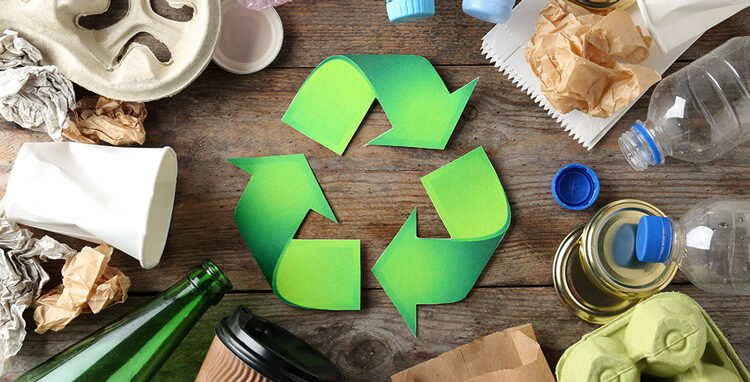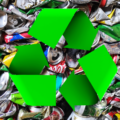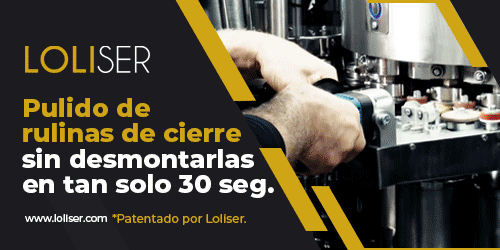The new European Packaging and Packaging Waste Regulation, recently approved by the EU Parliament, will be mandatory for Member States. This regulation introduces more restrictive measures than the current ones. In some cases it will extend compliance deadlines to 2040. Packaging produced and marketed will have to be 100% recyclable, except for those that present some kind of innovation, which will be exempt from this obligation.
The purpose of the European regulation is very clear: to reduce the impact of packaging on the environment. The most important chapters of the regulation are definitions and free movement. There are five working lines: prevention, reusability, recyclability, compostability and recycled content.
Free circulation is a key issue and the members of the European Union must commit themselves not to prohibit, restrict or hinder the marketing of packaging with this degree of sustainability. It is not clear what can be done by countries that feel that this free circulation is being violated by measures such as taxes or various difficulties for the entry of these products in 100% recyclable packaging.
The new regulation specifies that by 2030 each unit of packaging will have to be reduced to the minimum necessary to fulfill its function and this will have to be demonstrated, justifying that the minimum necessary amount of packaging is actually being used. Packaging with double walls, false bottoms or unnecessary layers will be prohibited. Empty space will also be reduced to the minimum necessary, which mainly affects sales packaging, grouped packaging and transport packaging.
In addition, the Member States will have to reduce the packaging generated per capita, for which each one of them will have to make its own regulations in this respect.
In addition, the container must be designed to be reused or refilled multiple times, with as many trips or rotations as possible. It must also be capable of being emptied or discharged, as well as being able to be reconditioned. The regulation has set specific targets for alcoholic and non-alcoholic beverages, for tertiary packaging and for grouping crates. Transport packaging between sites must be reusable. Here we are talking about industrial packaging between production plants or also for transporting products between several players in the same country.
The highlight is that by 2030 everything will have to be recyclable by design and by 2035 recyclable on a large scale. In other words, the design of the packaging and its components must ensure its recyclability with proven collection, sorting and recycling processes in an operational environment. In order to assess whether a package is recyclable by design or not, there will be guidelines to be published in 2028.
By 2038, no product may be marketed that is not up to 80% recyclable. Baby food, dangerous goods are excluded from this obligation, as well as certain minor packaging and certain raw materials such as cork or wood.












